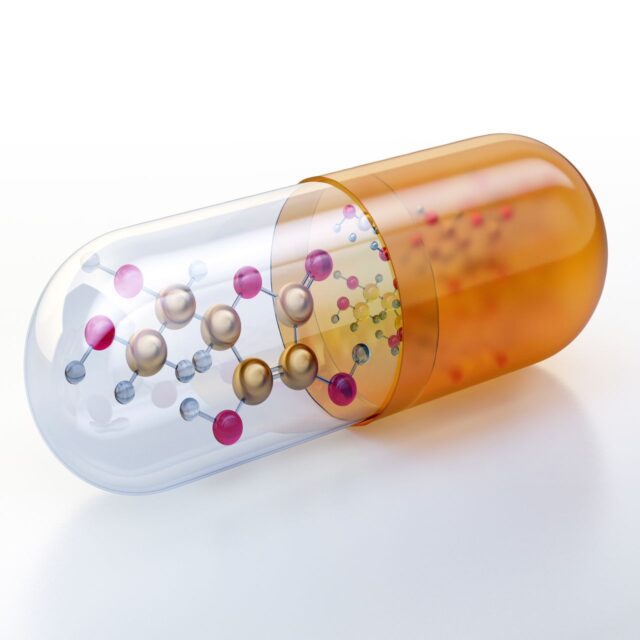
Federal Circuit Revives Amarin’s Induced Infringement Case Against Hikma Over Vascepa® Generic*
In a significant decision for pharmaceutical patent litigation, the U.S. Court of Appeals for the Federal Circuit has reinstated Amarin Pharma’s lawsuit against Hikma Pharmaceuticals. The court found that Amarin had plausibly alleged Hikma’s conduct induced infringement of patents tied to the cardiovascular use of Vascepa®, despite Hikma’s attempt to sidestep those claims with a so-called “skinny label.”
Background: Vascepa’s Expanding Role and Patent Protection
Vascepa® (icosapent ethyl) was first approved by the FDA in 2012 to treat severe hypertriglyceridemia (SH). In 2019, its label was expanded to include the reduction of cardiovascular (CV) risk a much broader and more commercially valuable indication. Amarin holds key patents (U.S. Patent Nos. 9,700,537 and 10,568,861) covering methods for this CV indication.
Hikma, aiming to launch a generic version of Vascepa®, submitted an Abbreviated New Drug Application (ANDA) that included a Section viii carve-out. This allowed it to seek approval solely for the SH indication, explicitly excluding the CV use from its labeling. The FDA approved this “skinny label” in May 2020.
However, Amarin alleged that Hikma’s communications—despite the limited label effectively promoted the generic drug for the CV indication. Amarin filed suit under 35 U.S.C. § 271(b), arguing that Hikma’s marketing and public messaging induced off-label, infringing use.
Lower Court Dismissal and a Reversal
The Delaware district court initially dismissed the case, finding that Hikma had not actively encouraged infringement. But on appeal, the Federal Circuit disagreed. The court pointed to several factors that, taken together, suggested that Hikma’s actions went beyond passive approval:
- Referring to its product as a “generic version of Vascepa®” without distinguishing it from the CV-approved version.
- Highlighting sales data that, in practice, seemed tied to CV-related prescriptions.
- Marketing its drug under the broad term “Hypertriglyceridemia,” a category that includes both SH and CV patients.
According to the Federal Circuit, these details plausibly amounted to active inducement—despite the carve-out on the label.
What This Means Going Forward
The court’s ruling underscores that a skinny label alone does not provide blanket protection from liability. If a generic company’s post-approval conduct—such as marketing or public statements implicitly encourages off-label use that infringes a patent, it can still face legal consequences.
Importantly, the decision does not call into question the validity of the Section viii carve-out pathway itself. Instead, it clarifies that courts must evaluate claims of induced infringement holistically, looking beyond just the label to the broader context in which the drug is promoted.
This ruling serves as a warning for generic manufacturers: even with a compliant label, the way a product is described and positioned in the market matters. When it comes to complex branded drugs with multiple indications, careful compliance isn’t just a legal formality—it’s a business imperative.
*United States Court of Appeals for the Federal Circuit – Amarin Pharma, Inc. et al. v. Hikma Pharmaceuticals USA Inc. et al., Decision No: 2023-1169, June 25, 2024


